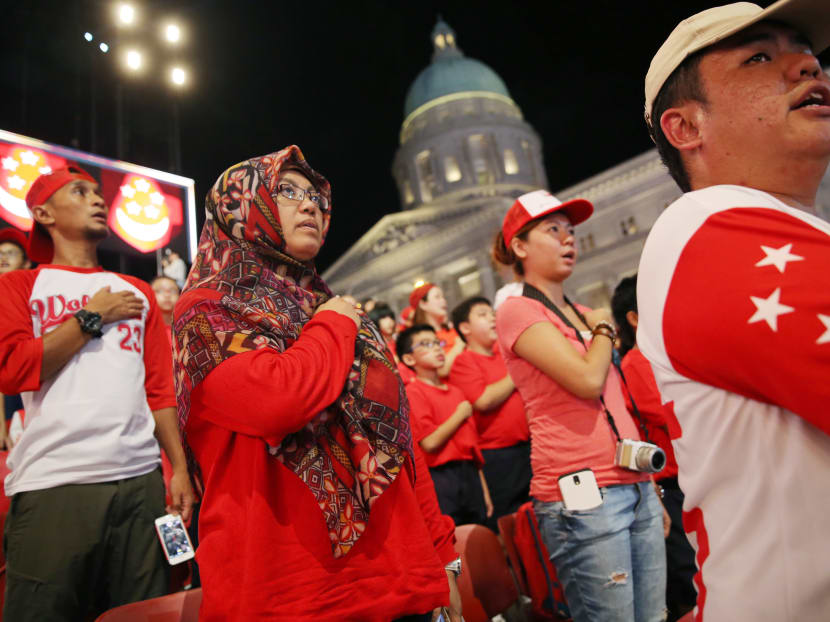S’poreans-first policies ‘may affect integration of foreigners’
SINGAPORE — Government policies in Singapore that were introduced in recent years to enhance preferential treatment for citizens over permanent residents (PR) might have created unintended hurdles for social integration, a geography don who researches on citizenship and migration has found.
SINGAPORE — Government policies in Singapore that were introduced in recent years to enhance preferential treatment for citizens over permanent residents (PR) might have created unintended hurdles for social integration, a geography don who researches on citizenship and migration has found.
Associate Professor Elaine Ho, who conducted in-depth interviews with 20 Chinese immigrants starting last year, found that those who came to Singapore in the 1990s integrated more effectively compared with those who arrived after 2004.
The difference between the two groups? Those who came later tended to be more well-heeled.
“When they came in the 1990s, China was not so well-to-do, (so) they had to look for local jobs (and) public housing ... They integrated more effectively,” said the National University of Singapore researcher. “The (Chinese immigrants who arrived after 2004) will go into professions tied back to China (or) they buy private housing in Singapore. There is a very clear divide that demarcates them from the average Singaporean.”
Assoc Prof Ho was speaking on the sidelines of an international symposium on Chinese diasporas, organised by the Nanyang Technological University last Sunday. Her research paper titled Debating Integration In Singapore, Deepening The Variegations Of The Chinese Diaspora was based on the interviews with 20 immigrants aged between 35 and 65.
Since 2004, some routes to obtaining PR status in Singapore include the EntrePass for those with business experience and start-up capital, and the Global Investor Programme for investors. These meant recent immigrants tended to be more well-off, Assoc Prof Ho said.
Changes to housing policies since 2010 — such as a quota on PRs buying public housing and the higher prices they have to pay — may have also had a contrary effect on social integration, she added. Private housing became the more fuss-free option these immigrants took, which meant fewer chances for them to interact with the average Singapore resident.
“Sometimes, government policies have unintended complications ... It addresses part of the problem — which is the dissatisfaction Singaporeans have with new PRs buying flats — but it also perhaps resulted in greater social ramifications in other ways... What we want is (for immigrants) to be living alongside the average Singaporean,” Assoc Prof Ho said.
Allowing new immigrants’ children to attend public schools is also important for the same reason, she added. But limited vacancies for them in “good” schools have led to some enrolling their children in international schools instead.
Still, Singaporeans also have to be conscious of reaching out to new immigrants, said Assoc Prof Ho. “We have a clear sense of what it means to be Singaporean, but we also need to be open to the idea that the ‘Singaporean-ness’ will evolve as our demographics change.”







